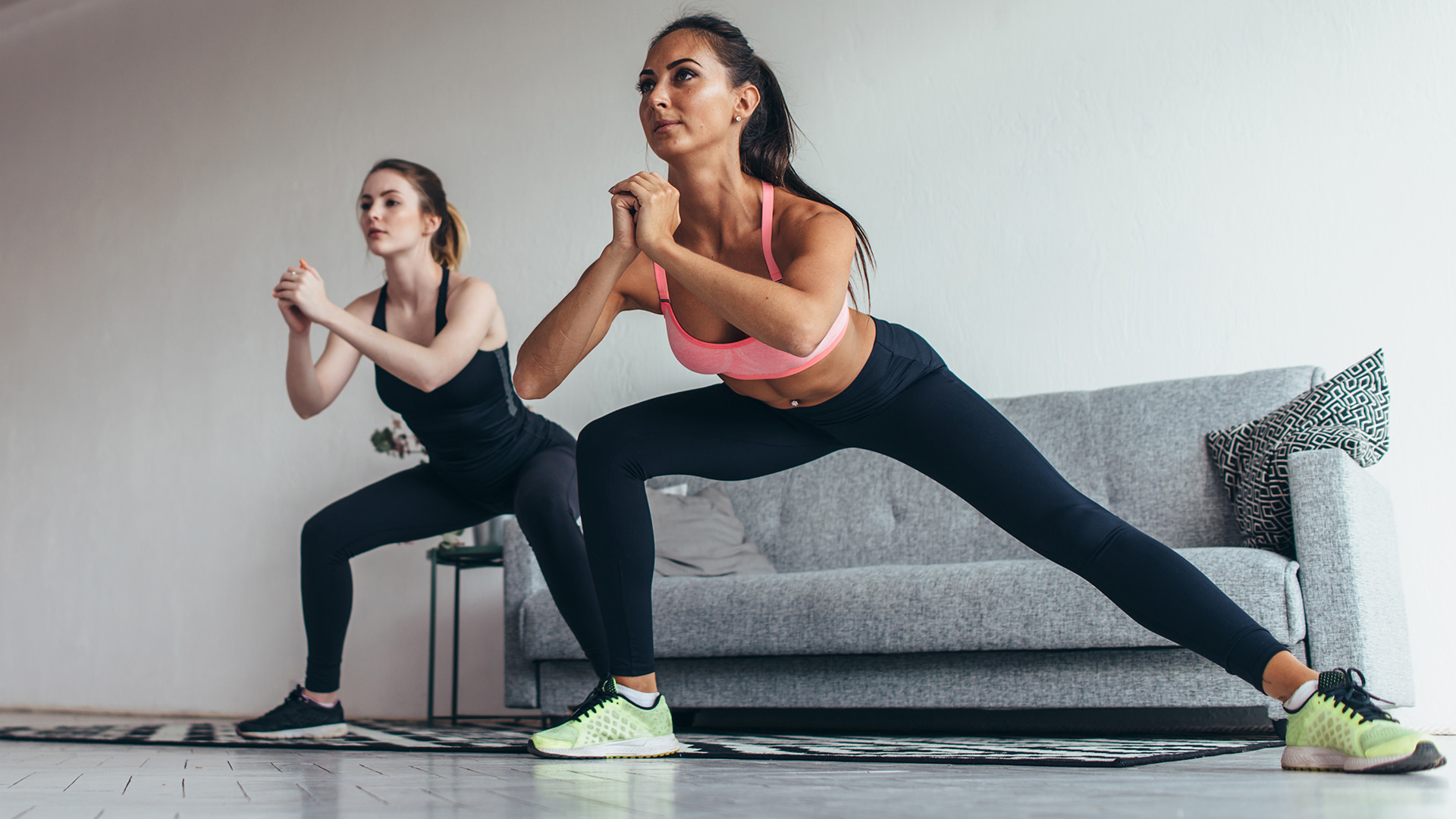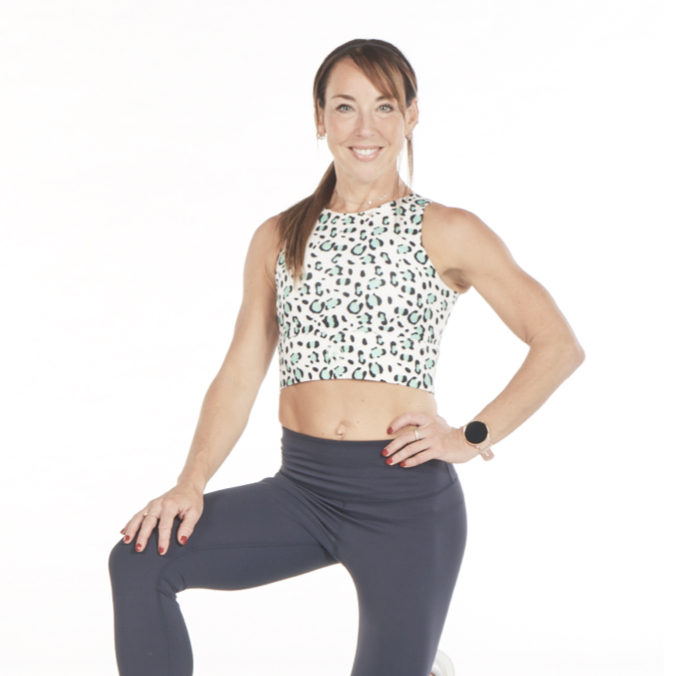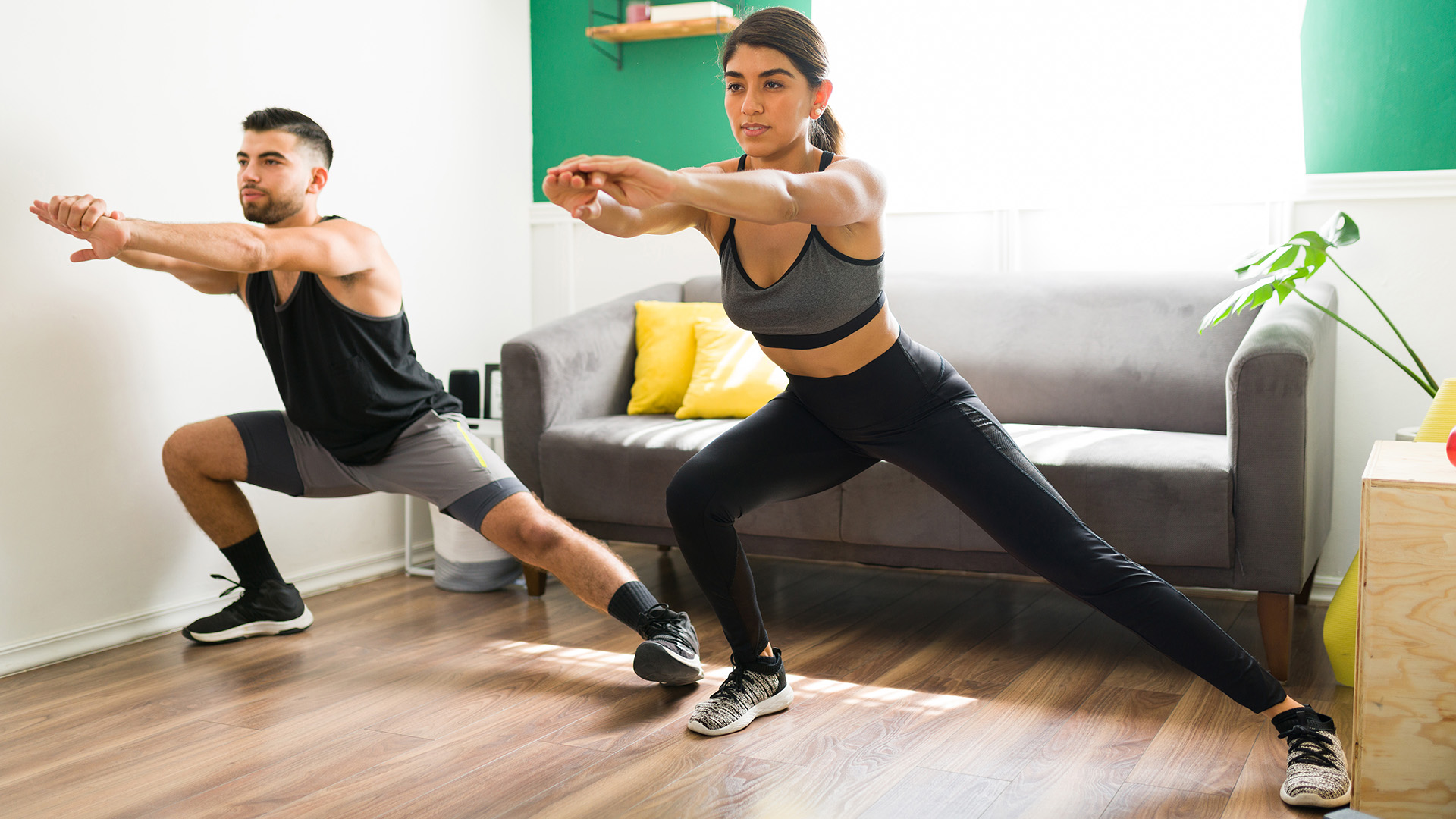

How low can you go? This question takes on a new dimension with the Cossack squat, a dynamic and deeply rewarding leg exercise that will set your quads, glutes, and pretty much every lower-body muscle group alight. This unique squat variation combines strength, flexibility, and mobility in a way that feels as much like a challenge as it does an opportunity for growth.
And the best part? You don’t need much to get started. A yoga mat, a bit of open space, and, eventually, a kettlebell or dumbbell for when you’re ready to progress. For now, though, your body weight is all you’ll need to discover just how transformative this exercise can be.
What are Cossack Squats?
The Cossack squat is more than a simple workout move; it’s a functional powerhouse. This exercise hones your mobility, strengthens key muscles, and enhances balance and coordination. It targets your hips, knees, and ankles while building control and stability in ways that complement nearly every aspect of fitness and movement.
My first encounter with the Cossack squat was during a Blaze HIIT class (external link), where these lateral low lunges served as a warm-up. They worked wonders on my quads, outer glutes, hamstrings, and adductors—stretching tight muscles while loosening up my joints. Later, I recognised the move’s similarity to Skandasana, a yoga posture also known as the Side Lunge. This deep stretch reaches into your hips, hamstrings, inner legs, and groin.
Whether you practice it in yoga or at the gym, the Cossack squat is a versatile, challenging movement. It involves sinking into a deep squat on one leg while extending the other leg out wide, shifting your weight side to side while staying very low. The result? A burn like no other, paired with improved flexibility and single-leg strength.
What’s the difference between the Cossack squat and the lateral lunge?
At first glance, the Cossack squat might resemble the lateral lunge, but there’s a key difference: foot placement. While lateral lunges involve stepping your leg out and back in between reps, the Cossack squat keeps your feet rooted in a wide stance throughout the entire movement.
This static setup demands greater balance and strength as you shift your weight from one side to the other. Once your feet are planted, they stay put until the set is over.
Sign up to the T3 newsletter for smarter living straight to your inbox
Get all the latest news, reviews, deals and buying guides on gorgeous tech, home and active products from the T3 experts
This unique setup allows the Cossack squat to engage every lower-body muscle group, making it an ideal exercise for functional strength and mobility using just your body weight.
How to do a Cossack squat
Start by standing in a wide stance. Lower your body into a deep squat, keeping one leg straight and your weight over the opposite heel, which should remain firmly planted on the floor.
As you shift your weight, keep your torso upright and the toes of your straight leg pointing up. Push your hips forward to maintain balance and control as you return to the centre before switching sides. Stay low and focus on moving smoothly from one side to the other.
If the movement feels tight or restrictive at first, don’t worry. With consistent practice, your mobility, strength, and stability will improve significantly.
My Cossack squat experience
Mastering the Cossack squat requires a blend of flexibility, balance, and control. Your hips, hamstrings, and ankles need to be pliable, while your core and lower body demand strength and coordination to flow seamlessly from side to side. As challenging as it may be initially, the benefits are worth every rep.
One standout discovery for me was how effectively this exercise targets the adductors—those often-overlooked muscles on the inner thighs. The extended leg gets a deep, satisfying stretch while the supporting leg works overtime to build strength.
Over time, I noticed a dramatic improvement in my hip mobility and flexibility. My movements became smoother, my posture improved, and even my core engaged more effectively to keep my torso upright.
As my form improved, I felt stronger and more balanced, with enhanced spatial awareness and stability. These benefits extended beyond the gym, reducing the risk of injuries in everyday activities.
How to progress your Cossack squat

Start with bodyweight Cossack squats, performing 3 sets of 10-12 reps. Once you’ve built confidence and strength, add a kettlebell or dumbbell held at chest height to increase resistance. This additional weight not only challenges your range of motion but also reinforces an upright posture.
Be prepared for some post-workout soreness—this exercise has a way of exposing weak points, whether it’s tight adductors or underdeveloped glutes. Stick with it, and you’ll find these weaknesses transform into strengths, enhancing your performance in other exercises, running, and overall mobility.
Final thoughts
The Cossack squat is far more than a leg-day novelty. It’s a comprehensive exercise that challenges and improves your flexibility, strength, and balance. From its ability to stretch and strengthen hard-to-reach muscles to the functional benefits it delivers, this movement is a worthy addition to any fitness routine. Stick with it, and you’ll feel the difference—in your gym sessions, your daily activities, and the way your body moves through the world.

Lucy Miller is a journalist, Level 3 Personal Trainer, Nutritional Advisor and Children’s Fitness Specialist. She holds fitness qualifications from NASM Training and Premier Training International and has been a fitness journalist and fitness (and cover) model for over 20 years. Since going freelance in 2014, Lucy left Men’s Fitness Magazine to write for an abundance of top consumer titles such as Women’s Health, Women’s Fitness, Waitrose, The Times, The Guardian and Runners World.
She’s also extremely passionate when it comes to educating others about health and physical activity and loves inspiring and working with children and adults to help make fitness fun, sustainable and accessible. In her spare time, Lucy is ever the sportswoman. Once a national gymnast, having won three national titles, she has also run a handful of marathons around the world and loves to test her physical and mental side with daily running and gym sessions, not to mention ballet, bootcamp, boxing and TRX.
